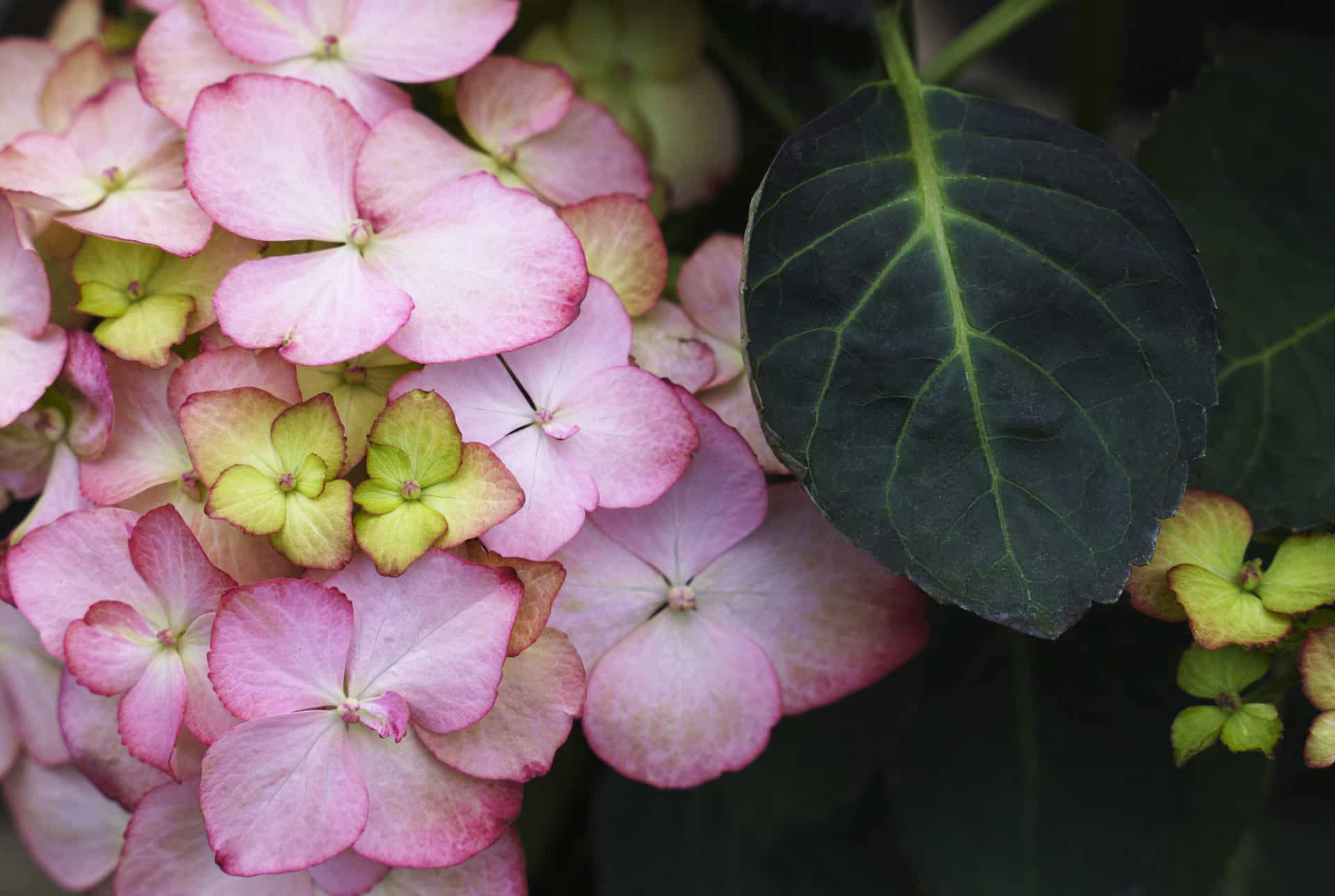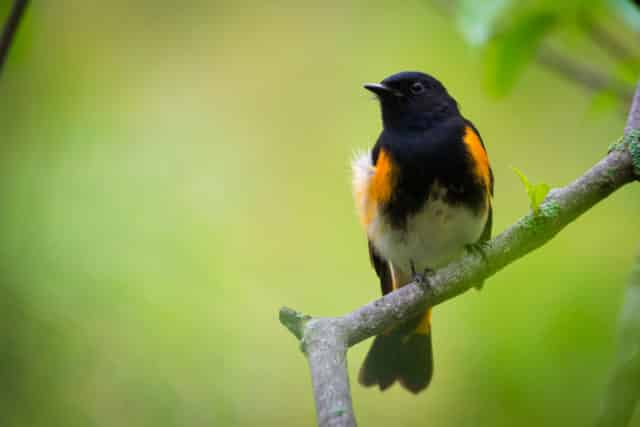Birds
Helen Layer Rhododendron Garden

Looking for something in particular? Click here to search.

Setophaga coronata
Yellow-rumped Warbler
Voice: Song- high-pitched musical trill with a variable ending. Call-the common call is a dry check. Yellow-rumped warblers, other wised known as butter butts, are one of the first migrant... more

Sphyrapicus varius
Yellow-bellied Sapsucker
Voice: Nasal, catlike meowing; drumming sound like Morse code. Yellow-bellied sapsuckers are primarily forest dwelling birds but they tend to favor young woodlands and riparian habitats. They are the only... more

Sitta carolinensis
White-breasted Nuthatch
Voice: Males late winter and spring low-pitched wha-wha-wha. Year round, both sexes loud, nasal yank repeated a few times in a row. White-breasted nuthatches are common feeder birds found year... more

Melanerpes erythrocephalus
Red-headed Woodpecker
Voice: “kweer , kweer, kweer” While the red-headed woodpecker is not one of the most common birds at The Holden Arboretum, it is one of the most noteworthy. According to... more

Melanerpes carolinus
Red-bellied Woodpecker
Voice: Harsh rolling churr by both sexes or a cha, cha, cha by mates In early spring red-bellied woodpeckers in forests, woodlands, and wooded suburbs tap on trees, gutters, roofs... more

Bubo virginianus
Great Horned Owl
Voice: hoo- hoohoohoo—-hoo-hoo. Females produce higher pitched hoots. Great Horned Owls are the largest and most powerful of the common owls in Northeastern Ohio. They are found year round in... more

Certhia americana
Brown Creeper
Voice: very high pitched see-see-titi-see or see see This small, well-camouflaged bird of woodlands has a unique foraging technique. Adapted for “creeping” on tree trunks and large branches the Brown... more

Vireo solitarius
Blue-headed Vireo
Voice: Males: song can be rendered as “here I am, where are you, over here.” It is a bit slower than a Red-eyed Vireo. Blue–headed vireos are the only vireo that makes use of mixed forests, where conifers and deciduous trees grow... more


Polioptila caerulea
Blue-gray Gnatcatcher
Voice: Song: series of thin notes which may contain mimicry notes of other birds; Call: soft, nasal “Spee, Spee.” Blue-gray gnatcatchers are the northernmost occurring species of gnatcatcher family, and... more




